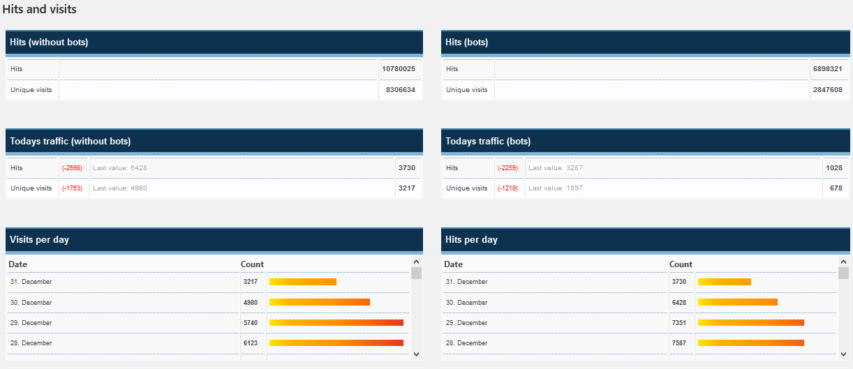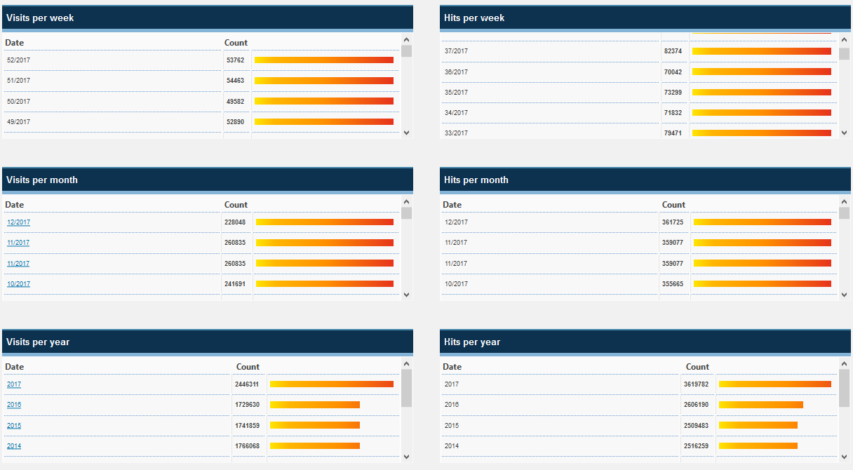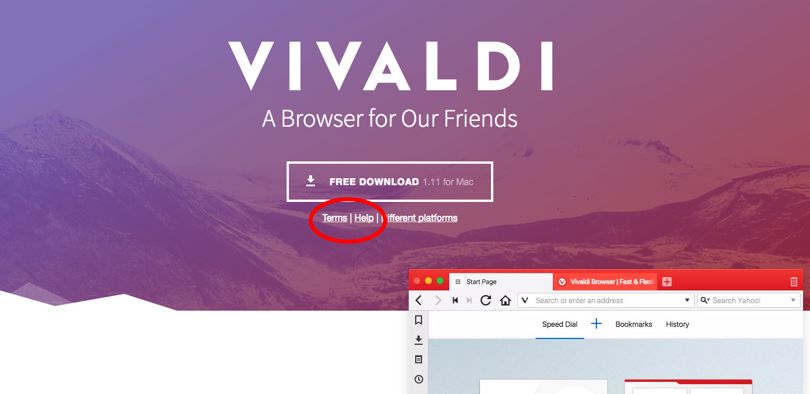Tho Bishop explains why the second-rate burger business fails to convince:
For one, Burger King does not have a “Whopper neutrality” policy – and for good reason. If a family of five places a large order, while the next customer simply orders an ice cream cone, most Burger King employees will not refuse to serve up the dessert until after they fulfill the first order. The aim is to serve as many customers, as quickly as possible.
Similarly, a Whopper meal comes in various sizes – all with different prices – all so that customers have more flexibility based on having their food desires met. Imagine if a government regulator decided that since Americans have a right to have their thirst quenched – no matter its size – all fast food restaurants had to price all drink sizes the same? The result would be the prices for small drinks going up, while restaurants having to submit to occasional inspections by government agents to make sure no one was violating beverage neutrality laws. (This of course would still manage to not be the worst soda-related policy that’s been proposed.)
Additionally, Burger King certainly has the right to not prioritize delivering their customers food in a timely matter, just as customers have a right to avoid their services as a result. Whether or not the customers in the video were authentic or not, their reaction to the absurd fictional policy is how you’d expect someone to act. The video suggests that none of them would be excited about returning to Burger King if this had become actual franchise operating procedure. Once again, the market has its own ways of punishing bad actors.
Which is precisely why I will be avoiding Whoppers myself for the foreseeable future.
At Reason, Nick Gillespie comments on the video:
The joke in the video is that customers must pay $26 to get a Whopper “hyperfast.” If they go with the standard price, it takes forever. Because you know, Net Neutrality rules that were formalized in 2015 somehow magically altered the way internet service providers (ISPs) delivered data to their customers. Before 2015, the internet was a morass of shakedown artists who forced all of us to pay extra for this or that site. And now that Net Neutrality has been repealed, the ‘net has reverted to a Hobbesian world in which access is nasty, brutish, and metered.
Oh wait, in fact, the average speed and number of internet connections kept growing regardless of the regulatory regime. The FCC’s most recent Internet Access Services Report counted 104 million fixed internet connections, a new high. That number doesn’t count mobile or satellite connections. Eighty percent of census tracts had at three or more ISPs offering connections of 10 Mbps downstream and 1 Mbps upstream and another 17 percent had two ISPs doing the same (figure 4). So 97 percent of America can go elsewhere when it comes to basic internet connections that allow the sort of streaming, surfing, and gaming we want. Just as customers do with Burger King, we can say, “Screw it, I’m going to McDonald’s.” In 2016, 56 million residential connections offered at least 25 Mbps upstream speeds. That’s up from about 22 million in 2013 (figure 8). How did that progress happen before the 2015 open internet order?
Watching the responses by customers helps explain why Net Neutrality rules as mandated by the FCC under Tom Wheeler were unnecessary. After all, for all the hysteria kicked up around the need for such rules, proponents went begging for examples of ISPs throttlng traffic or blocking sites in systematic ways. ISPs don’t actually enjoy pure-monopoly conditions, but even if they did, customers would raise holy hell if they were treated as poorly as Burger King acts in this video.







